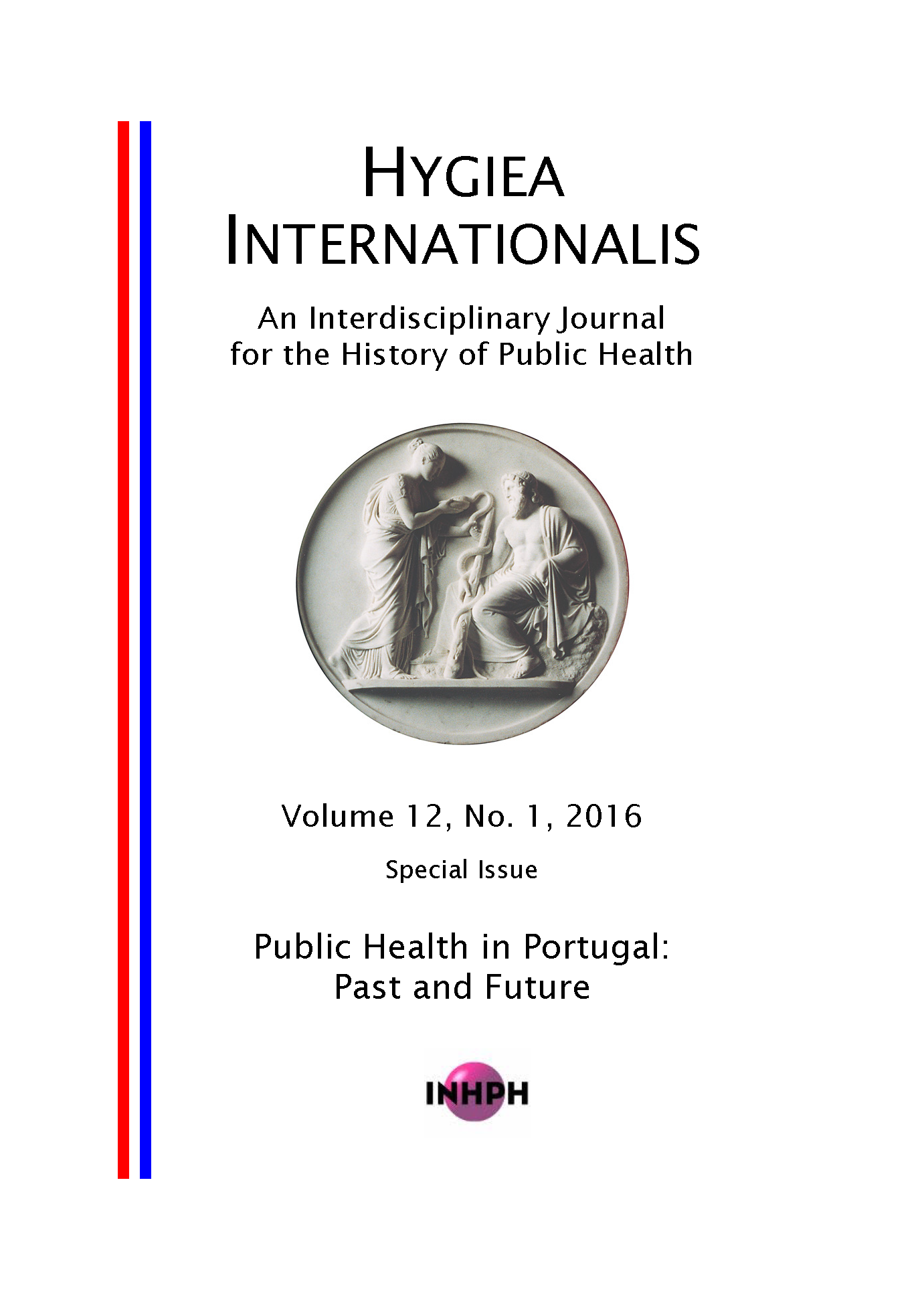Regional Trends in Ageing and Health for Portugal, 2011-2031
DOI:
https://doi.org/10.3384/hygiea.1403-8668.1612169Keywords:
Aging, Educational level, Health status, Health care utilizationAbstract
The objective of this paper was to produce regional demographic projections for the Portuguese population by sex, age group and level of educational attainment, for the period 2011-2031. We considered fertility, mortality and migration differentials by level of education projected by NUTS II region using the multistate cohort-component method with a block Leslie matrix. Two scenarios were considered: one where educational attainment prior to 2011 remains constant, and another in which educational attainment will follow the trend observed over the last decade, being the trend in the state proportion model using continuation ratio models. The results show an increase in the proportion of individuals who complete higher educational levels in almost all age groups of both sexes although with regional differences. The proportion of people with higher educational levels will continue to rise as the education of younger cohorts seems to evolve positively. Trends in health outcomes also differ.Downloads
Published
2016-02-01
How to Cite
Oliveira Martins, M. R., Rodrigues, I., & Rodrigues, T. (2016). Regional Trends in Ageing and Health for Portugal, 2011-2031. Hygiea Internationalis: An Interdisciplinary Journal for the History of Public Health, 12(1), 69–95. https://doi.org/10.3384/hygiea.1403-8668.1612169
Issue
Section
Articles
License
Copyright (c) 2016 the Author(s)

This work is licensed under a Creative Commons Attribution-NonCommercial 4.0 International License.






